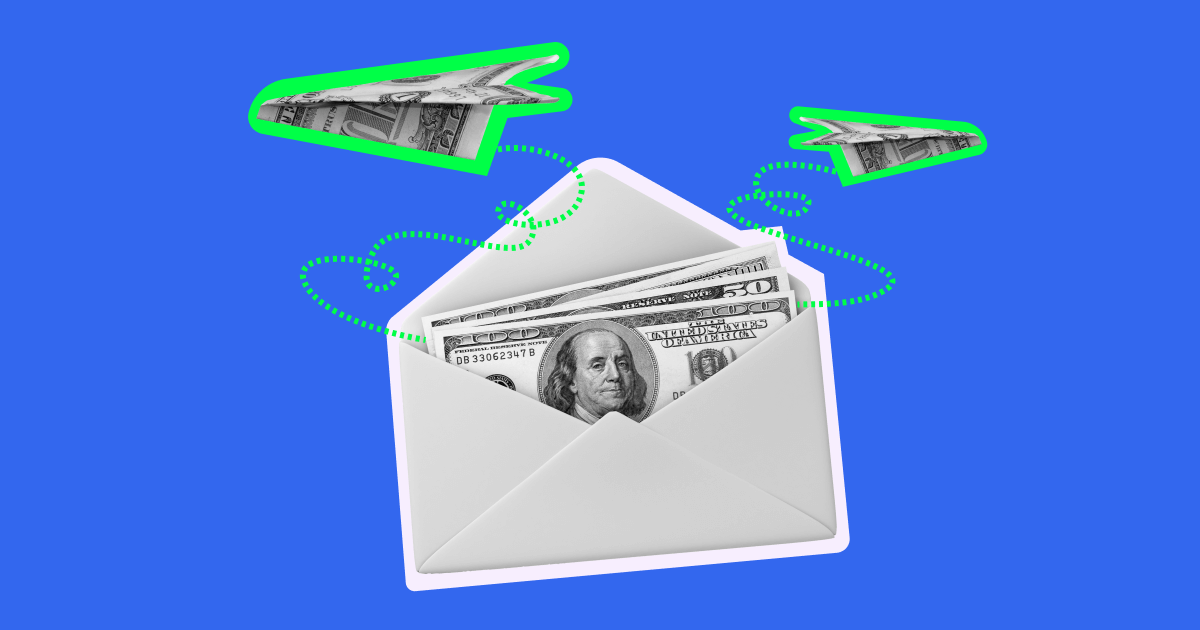Best practices for an email monetization strategy
Email is all about relationships, and the way you monetize your newsletter needs to be personal and audience-based. The formula of success is simple yet hard to achieve — you have to balance marketing tactics with genuine care for your subscribers. Use these tips to make email communication both profitable for you and engaging for your recipients:
Provide free value
Give them something useful for free to get the relationship going. Create an interesting e-book on a relatable topic, write a list of tips from experts or your team members, or include a video with limited access exclusive to your subscribers, etc. Your goal? To get people to really enjoy the quality of your newsletter so that you can offer paid services in the future. This is like planting seeds that will grow into a beautiful garden of interested, paying customers over time.
Focus on high-quality content
The best way to turn casual readers into loyal fans and, finally, customers is to give them high-quality content. Add excellent content to every message to make it better. Your emails shouldn’t just give people information. They should also be interesting stories that really connect with the reader, even if it’s a marketing message. Make sure that every message is carefully written, whether it’s breaking down complex topics into manageable chunks or offering new ways to deal with old problems.
Make payment frictionless
Smooth the path from interest to action so that nothing stands between your customers willing to pay you and the payment itself. Use secure payment methods, give customers a choice of how to pay, and make the checkout process easy to keep people from leaving their items in the cart or not subscribing for premium content. A smooth purchase process shows that you value your offer and value your customers’ time, which makes them more likely to commit.
Leverage personalization
Some tactics are a useful addition to your email strategy beyond monetization. Personalization is one of those golden-standard approaches you should use no matter the campaign. It brings out the full potential of email marketing and makes the person on the other side feel unique and appreciated. You can use dynamic email content to insert subscribers’ names, mention their interests, suggest products based on how they’ve behaved in the past, or otherwise apply the data you have on them. All these strategies improve engagement rates and pave the way for you to make more money.
Optimize for mobile
Mobile is the new default platform for viewing emails, and if you don’t use responsive design, all the monetization efforts are in vain. You need to make sure the email you are sending looks great on all devices, especially with smaller screens. Optimized emails make the user experience better, and this in turn brings more sales.
Test and iterate
Never settle — always improve. Regularly test different aspects of your email campaigns, from subject lines to call-to-action buttons, and analyze what works best. Use A/B testing to refine your approach and continuously improve the effectiveness of your monetization strategies.




















